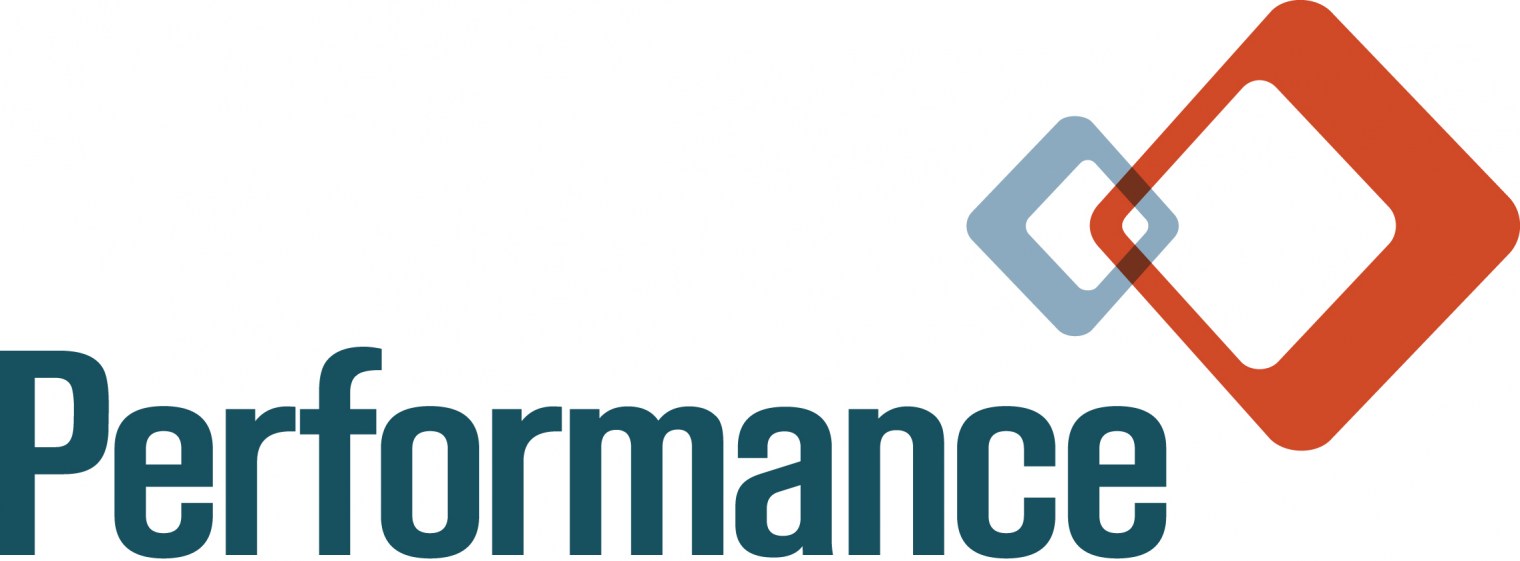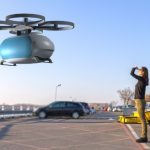2023 is projected to be a pivotal year for AAM, but is the industry on track?
When the pandemic struck in 2020, its impact was felt across all industries; the aviation industry was no exception. Although there were significant setbacks across the board for this sector, progress within Advanced Air Mobility (AAM) was one area in particular that was greatly stunted. Although the industry bounced back fairly well in 2022, supply chain challenges, the Russia-Ukrainian War, and talent shortages continue to strain rapid development. While some predicted AAM might be further along in 2023 than it is, the year is shaping up to be one of steady, realistic progress, especially considering the complexity of powering aircraft with novel electric systems, battery technologies, or hydrogen fuel cells.
Setting the Stage for AAM in 2023
According to McKinsey, advanced air mobility is focused on using new business models, technologies, and aircraft designs to move people or cargo on short-haul flights in urban areas (urban air mobility) or larger areas (regional air mobility).
Bolstered by NASA’s Aeronautics Research Mission Directorate and its Advanced Air Mobility National Campaign, the Advanced Air Mobility Coordination and Leadership Act (H.R. 1339), and investment from traditional aerospace companies and private equity investors, 2023 seems to be the beginning of a significant growth trajectory for AAM.
After AAM companies absorbed billions of investment dollars in 2021, some struggled to gain traction in 2022 as they dealt with technical and operational issues.
Joby Aviation was the first to fly an all-electric vertical takeoff and landing (eVTOL) aircraft as part of NASA’s AAM National Campaign to build public confidence in emerging aviation markets. Joby Aviation originally planned to certify its electric air taxi in 2023.
In the summer of 2022, the Federal Aviation Administration (FAA) declared eVTOL aircraft as “powered-lift” aircraft. In December 2022, the FAA published “Update to Air Carrier Definitions” and proposed including “powered-lift” operations into existing regulations covering AAMy aircraft using eVTOL technology per the new definition. AAM companies further along in the certification process were the most impacted by this shift.
It is expected that the 2023 legislative session will have discussion and debate regarding the FAA’s oversight of AAM.
According to Deloitte’s 2022 Aerospace and Defense Industry Outlook, many AAM organizations passed their R&D phases and are well into piloting and testing.
AAM in 2023 and Beyond
Most believe AAM will have a strong year in 2023; so far, we’re trending that way. While some AAM manufacturers previously claimed they’d be further along by now, 2023 is still expected to be a decisive year.
In 2022, the urban air mobility market was valued at $2.23 billion, but is expected to grow 23.54% between 2023-2025.
Based on the AAM Reality Index, a data-based rating tool focused on five elements (funding, leadership team, technology, certification, and production readiness of vehicles), the companies listed below are the top leaders in the AAM industry, rated on a 10-point scale, A rating of 10 indicates a company has a commercial product and is producing thousands of units a year; no company has achieved this yet.
- Joby Aviation (8.7)
- Volocopter (8.6)
- Archer (8.1)
- Beta Technologies (8.1)
- Ehang (8.1)
Here are some predictions for the AAM market in the near future:
Promising potential within the autonomous segment: Autonomous eVTOLs do not need a pilot, and companies such as Wisk Aero and Ehang are developing these aircraft. Volocopter intends to transition to autonomous operations as soon as regulations allow.
The Asia-Pacific region–a front-runner for growth: Significant investments from the government propel AAM development in China, Japan, and South Korea making this region one to watch over the next couple of years.
Revenue-generating flights by 2025: Joby has flown a four-passenger prototype for some time, Archer’s four-passenger Midnight craft should certify by end of 2024, and Beta Technologies completed two cross-country trips in its Alia 250 prototype. In Europe, Germany’s Lilium and Volocopter and the U.K.’s Vertical Aerospace are on similar trajectories for revenue-generating flights.
Hybrid aircraft seems a logical first step: Since battery technology isn’t yet where it needs to be to support electric aircraft, some believe a better path is hybrid-electric propulsion.
Customer experience will determine if AAM succeeds: One of the significant benefits of AAM is that it can transport people more efficiently than ground transportation. However, this vision will only be realized if providers overcome the “hassle factors” such as price, schedule flexibility, scheduling ease, and more that would make customers hesitant.
What Challenges Exist to AAM Adoption?
As the AAM industry moves beyond testing and towards certification, several things need attention before AAM becomes operational.
For wide-spread adoption of AAM, the infrastructure, such as air traffic control, landing and take-off spots, charging/power stations, and maintenance facilities, to support commercial AAM needs to be developed. Even though the industry can draw from existing infrastructure, it involves coordination and cooperation from several entities in the private and public sectors to get the job done.
Another barrier to AAM is the current battery limitations, hence why some innovators are leaning toward hybrid aircraft. These power source decisions for the aircraft are critical as they will impact the ecosystem that still needs to be developed to support AAM operations.
Lastly, solidifying AAM regulations so that AAM companies can modify aircraft for certification, train personnel, and adjust operations is a crucial milestone that needs to be achieved before AAM aircraft is ready for public adoption. Clear and definitive guidelines are necessary so that society is confident in AAM being a safe and reliable mode of transportation.
How Performance Can Help AAM VTOL Manufacturers Get to the Finish Line
While there are many things outside the control of AAM manufacturers, partnering with our experienced certification and safety engineering staff and leveraging our proven avionics solutions is one decision you can control.
Over the last 25 years, we’ve completed more than 500 safety-critical aviation programs spanning all avionics domains; no one knows aviation like we do. We are committed to using our years of technical and nuanced knowledge to help you and your team accelerate your vertical flight technology.
Performance Software can help augment VTOL manufacturers’ certification and safety engineering staff in the following areas:
- Sub-System Requirements
- Flight Software Development
- Flight Software Verification
- Custom Development and Certification Tools
- Onboard Maintenance System (OMS) Solutions
- Certification and Safety Analysis Support
Several of our products serve the specialized needs of AAM manufacturers as well:
We invite you to see our products in person! Performance will be attending the Vertical Flights Society’s Forum 79. To learn more about our offering line up that will be on display or to secure a time to meet with our product experts, please click here.


